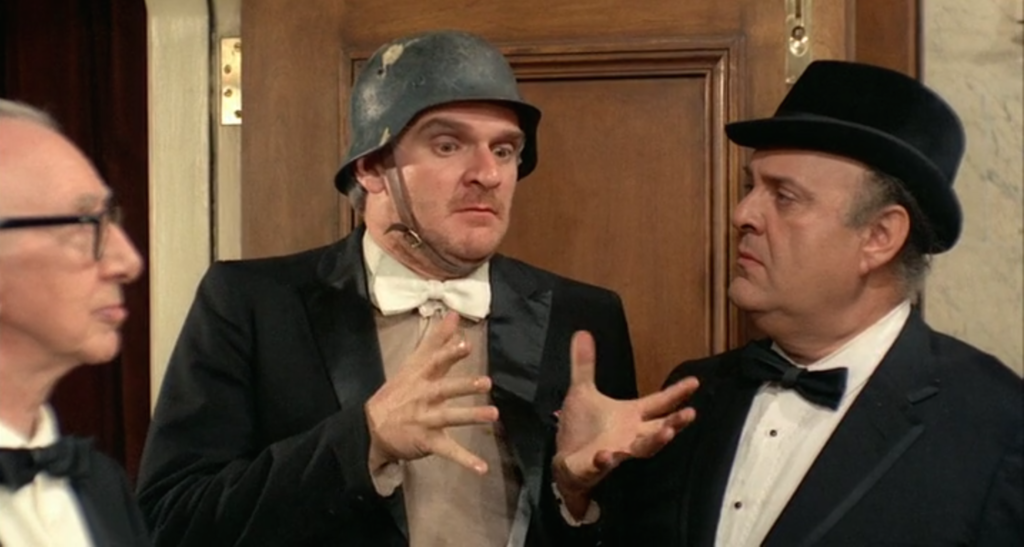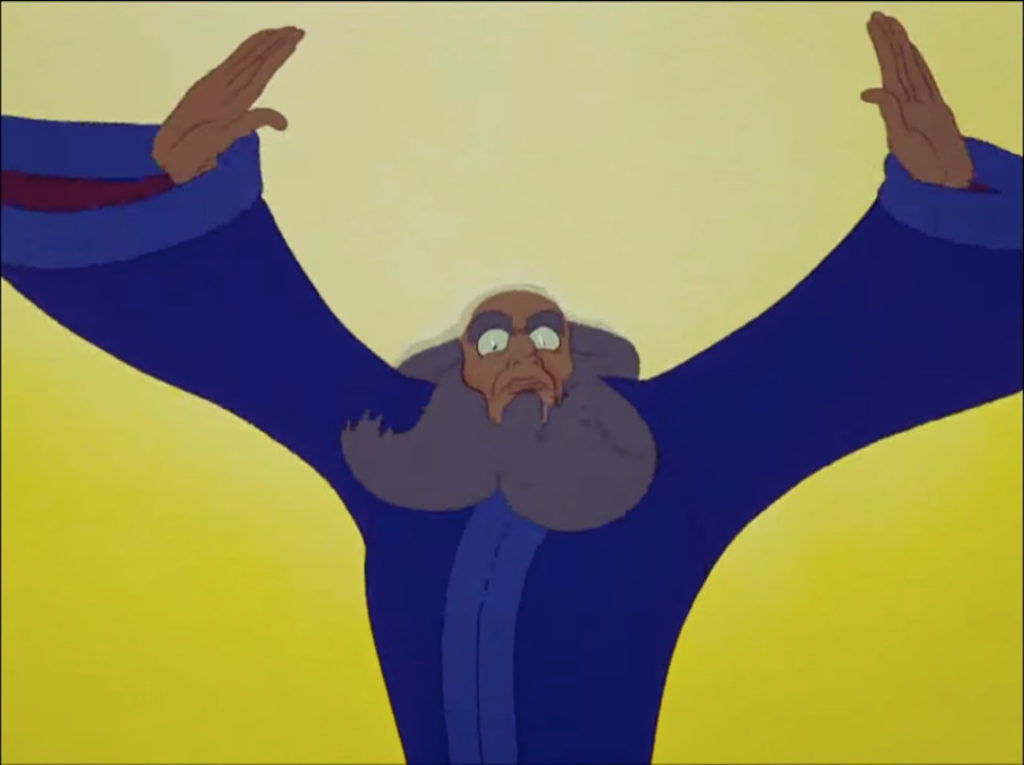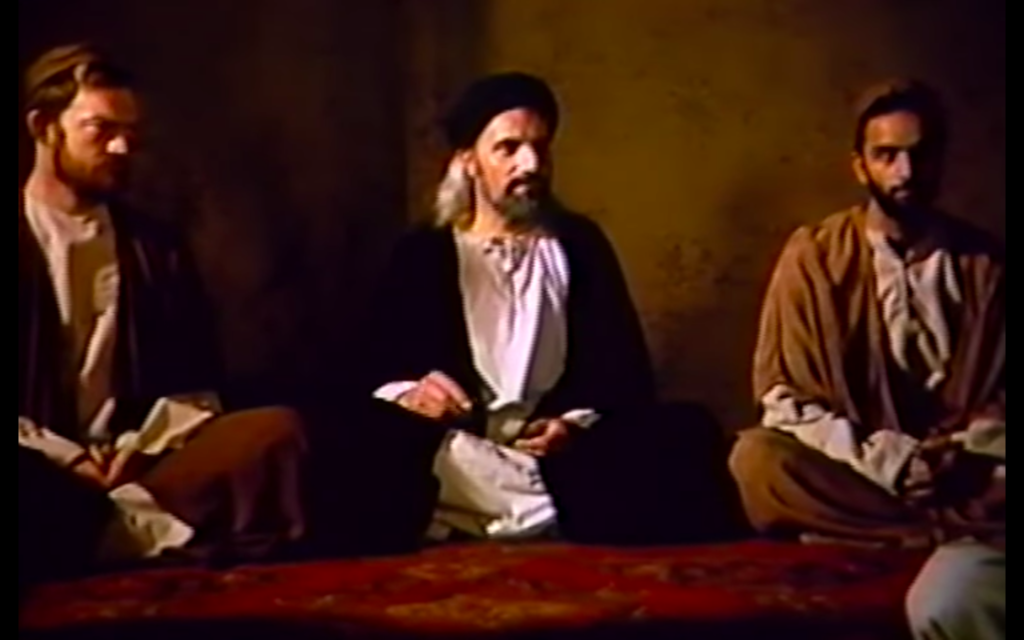I advise you not to read this post.
It’s long, and it deals with a very boring topic. And that’s the poet Kenneth Goldsmith.
Goldsmith practices something called “uncreative writing.”
For example, he’s written a book called “Day.” This is a typed-out edition of the New York Times from September 1, 2000. “Day” is 836 pages long, and it took Goldsmith a year to type.
Goldsmith then wrote “Weather,” a transcript of a year’s worth of weather reports from a New York City local radio station.
After that, “Traffic” followed. And then “Sports.” You get the idea.
So is Goldsmith just a boring crank?
Maybe so.
But he’s definitely a successful, well-paid crank.
He teaches at the University of Pennsylvania. He read to Obama at the White House. He gets paid $500 for 30-minute readings of his works. And in 2013, he became the first poet laureate of the Museum of Modern Art.
But who cares about all that?
Instead, it turns out there are a bunch of instructive parallels between what Goldsmith does and what marketers and copywriters should do. Let me tell you about the top 5:
#1 Format rules
Speaking of his book “Day,” Goldsmith wrote:
“When you take a newspaper and reframe it as a book, you get pathos and tragedy and stories of love.”
Very true, in poetry as in direct-response copy. That’s because changing the format of your sales message — a sales letter vs. a video vs. a book — tends to have a much bigger impact on conversions than changing your headline, your offer, or any other aspect of your copy.
#2 Repulsion marketing
Goldsmith calls himself “the most boring writer who ever lived.”
He honed his boring chops working as a disk jockey for a radio show called Unpopular Music. That’s where he learned that challenging someone not to listen (or read) makes the person pay closer attention. And then your content either drives them away, or drives them more closely towards you.
Nothing new, you might say. This is a well-honed positioning strategy in the marketing world as well — email marketing guru Ben Settle being one well-known proponent.
#3 Branding done right
Goldsmith makes a personal spectacle out of himself. He wears paisley-patterned suits, sometimes with a long flowing skirt over his pants. “Every time I’m in public, I’m a persona, and people really hate that.”
Mind you, this isn’t traditional branding.
But exaggerating his natural tastes makes Goldsmith noticeable and memorable, and it’s something anybody (including internet entrepreneurs) can use as well.
#4 Troll management
The article I read about Goldsmith was full of comments by detractors, who were complaining about various aspects of his work.
Meantime, Goldsmith was off somewhere, busily devising the agenda for his upcoming projects — which will no doubt draw more criticism and negative reactions.
And there’s more.
When he was widely condemned of misappropriating racially sensitive material (the autopsy report of Michael Brown) for one of his readings, Goldsmith responded with his own thoughts — but didn’t apologize.
What better way to deal with online trolls as well?
#5 Moving information
Goldsmith says about his work:
“Moving information is a literary act, in and of itself […] How I make my way through this thicket of information — how I manage it, how I parse it, how I organize it and distribute it — is what distinguishes my writing from yours.”
Well, moving information is a sales act as well. In fact, Goldsmith’s attitude above echoes something copywriting genius Gene Schwartz said:
“Copy is not written. Copy is assembled.”
In essence, Gene was saying that sales copy is simply a collection of good sales arguments. And those sales arguments don’t come from introspection. Instead, they come from research, deep into your market. In other words, much of your copy can come straight from forum posts, Facebook comments, and testimonials written by your target audience.
And on that note, I’m signing off from today’s episode of Unpopular Copywriting.
If you want more unpopular ideas, sign up for my newsletter by using the page below. I’ll even send you a link to a free promo of my upcoming Upwork book (ETA 1 week):
https://bejakovic.com/upwork-book-notification-list/



